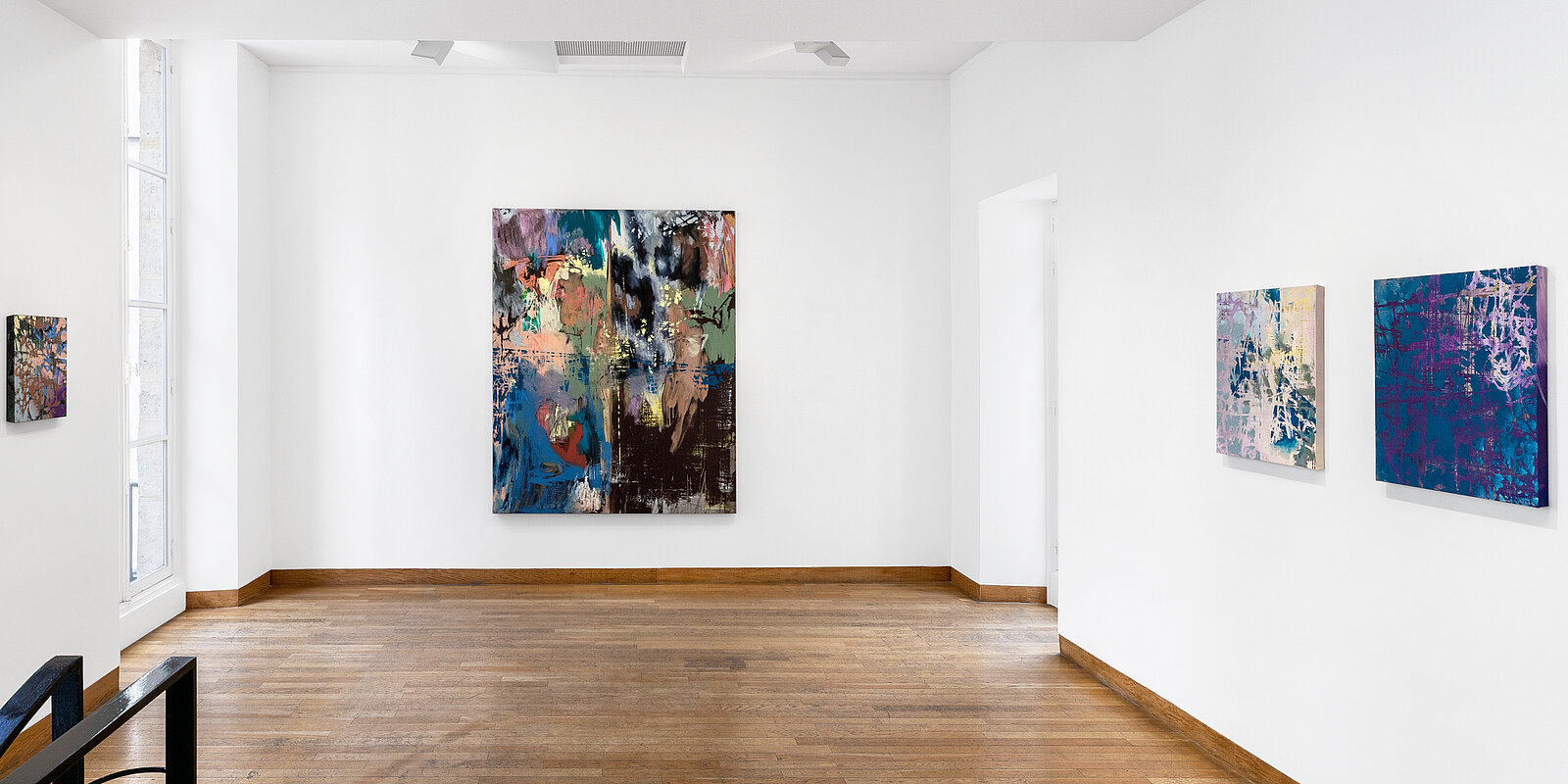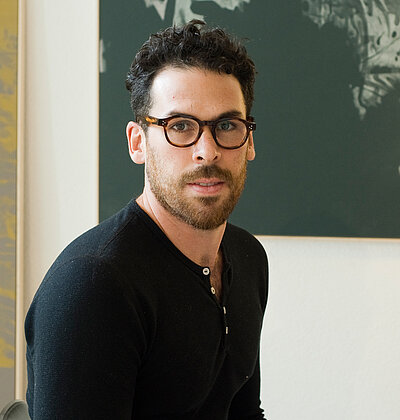Raúl Illarramendi: Intrusion
![[Translate to English:] [Translate to English:]](/fileadmin/_processed_/2/5/csm_Raul_Illaramendi-Intrusion_GKG_Paris_2022-view_01_ba23b46889.jpg)
Galerie Karsten Greve Paris
Tuesday to Saturday, from 10am to 7pm
The exhibition will be extended until October 1, 2022.
Opening
on Saturday, May 28, from 5pm to 8pm
The artist is present.
« First of all, I have been interested in the pictorial nature of these marks, a presence that I always find while walking around. Then it’s the intention I am interested in. I am attracted to the relationship between the first surface, this unctuous pure plaster that reflects the first gesture and the new space, drawn in the studio, as my own action. » - Raúl Illarramendi
Galerie Karsten Greve is pleased to present “Intrusion”, the new solo exhibition of the Venezuelan artist Raúl Illarramendi, his fourth in our Parisian space. The artist unveils a new set of reworked photographs from the beginning of his career, alongside new paintings from the series “Evidence of Absence” (EA). “Intrusion” marks a new chapter in his work, an evolution in materiality: from the first lockdown in Spring 2020, the artist has experimented with new materials, exploring the potential of superposition. This “novelty” is experienced intensely, which makes it appear intrusive at first, before being gradually tamed.
“The ‘then’ meets the ‘now’ in a burst of light. For, is a print the loss of the origin or a connection to it?” The art historian and theoretician Walter Benjamin asks us about our relationship to the notion of origin. An imprint–or in the case of Raúl Illarramendi's work, the reproduction of imprints – produces a form and a counter-form, two opposites united by their direct physical contact at a given moment. The characterisation of the physiognomy, that of the initial form, make it an infinite source of paradox and speculation. “The imprint is the dialectical image,” writes the philosopher Georges Didi-Huberman. Although convincing, an imprint is not a phantom subject, addressing both the presence and absence of the referent and questioning the contact and loss of contact.
Raúl also finds his subjects in the traces left by the processes of urban development, focusing on large concrete surfaces. The manipulation of these surfaces, but also the weather and the passing of time leave traces and alter the colours. The artist is thus confronted with a new dialectic, which gradually becomes a source of meanings and visual information. Raúl Illarramendi positions himself as the heir of these changes, in an in-between space where abstraction imposes itself, from the outside world into the intimacy of his studio.
The imprints documented by Illarramendi retain the memory of the person who left them and become an effigy of their passing.
In the photographs, the captured and catalogued surfaces are removed from their context, and the framing prevents them from being attached to a specific place. In his paintings, the artist creates a portrait from these traces, superpositions, and cracks, a portrait of something destined to disappear. This way, he renders these marks perennial, the only witnesses of a vanished referent. Chance is the master here, for it is impossible to foresee neither the birth nor the duration or the disappearance of these markings. By observing the anonymous traces that have been left on the walls of cities, emerges a testimony of the presence of its inhabitants, of the appropriation of the place. Raúl Illarramendi captures these messages through the accumulation of spontaneous shots that he overlays to create a multitude of strata. While observing walls and public spaces, the artist documents the life of the inhabitants, their familiarity with these places, their way of “having been there”.
“I represent marks and traces left by a spontaneous act, but the marks and traces that I use to make them, disappear in the act”, continues the artist.
The painting EA n°267, along with all the other works exhibited, was born from the appropriation of these spontaneous accidents. By inviting colour and matter, the “stains” blossom into coloured sparkles that imitate accidental streaks or writing on urban walls. The result is a dichotomy between abstraction and figuration, an almost amorphous image ready to bend to the viewer's imagination. “I am interested in developing a coherent and factual representation of a subject that is not really a subject, where drawing is not really drawing but something rather closer to painting, both mechanically and conceptually,” explains the artist. This 'non-subject' stands on the line between figuration – it shows things that have existed – and abstraction – the subjects are not really subjects after all. In his new paintings, Illarramendi leaves an impression on the canvas, that of protection boards coated with oil ink, which enables him to explore gestures, materials and techniques in a new way.
In his work, Raúl Illarramendi makes a difference between drawing and painting. Drawing is considered to be factual, direct and precise. Painting, on the other hand, is deceptive, seductive. Its fluid nature is opposed to the dryness of the pencil, which the artist handles with a mastery that allows him to mask and conceal it, imitating a fluid substance. In fact, the artist's faith in drawing allows him to imitate these traces through pure skill, making us forget his strokes and the traces of his pencil: “The drawing is forgotten in two ways: firstly, by the use of a polished technique, leaving little evidence of the mechanic traces of the pencil, and secondly, by the image produced, representing the aesthetics and sensory experience of a completely different medium.” The artist raises the question: “at what point does the accident (like the drips of paint) definitively enter the artist's studio without being chased away?” How does the accident end up being absorbed into the studio? By reintroducing paint, the artist regains freedom in his strokes, which he must learn to consider this new material intrusion, both in the studio and on the surface of the canvas.


